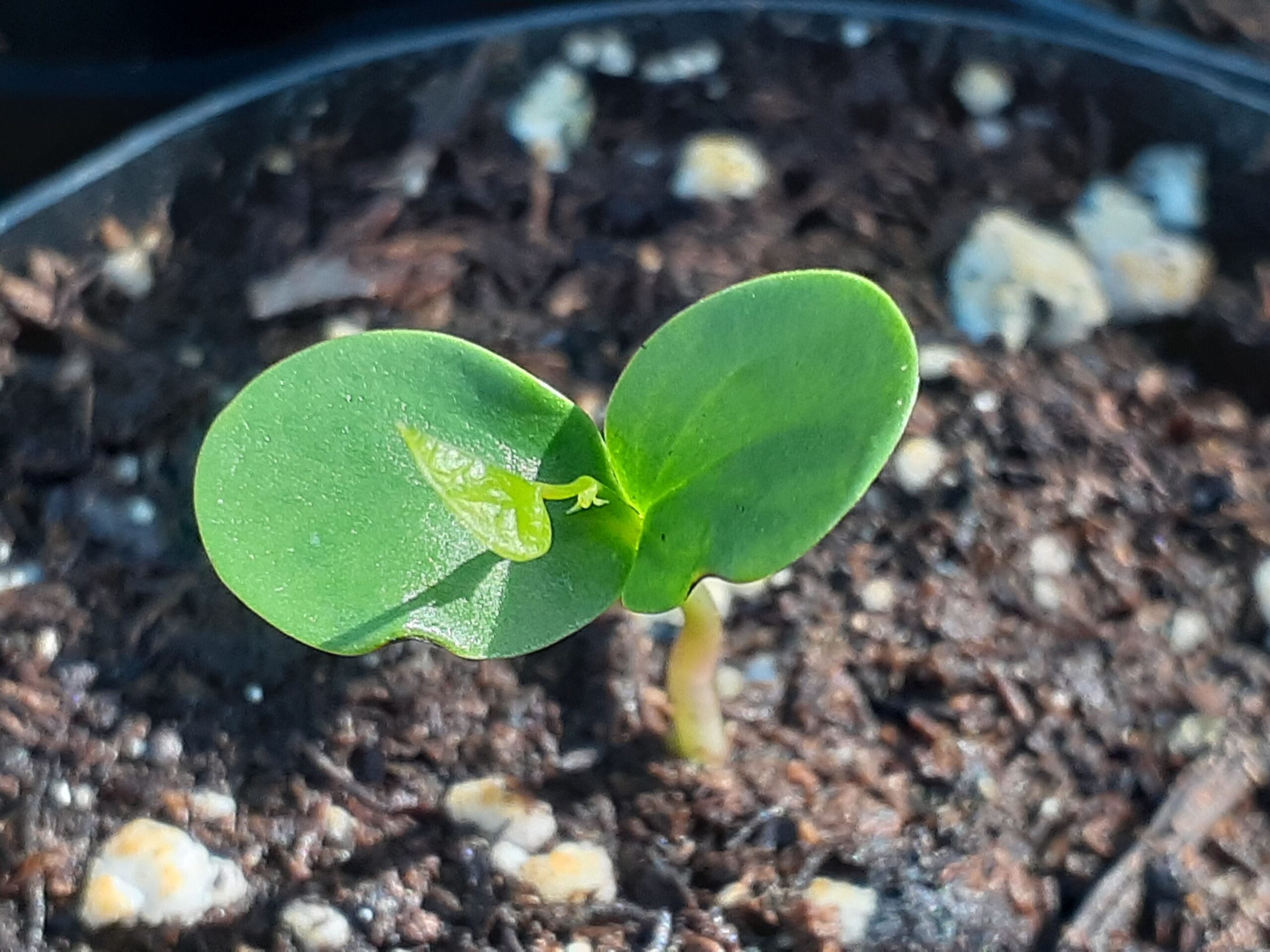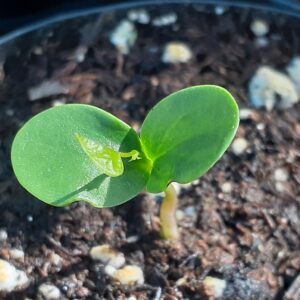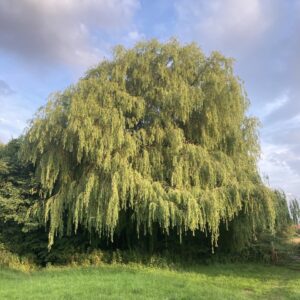Eastern Redbud
Cercis Canadensis
A small, short lived, highly ornamental tree native to central and eastern USA. Rarely planted in New Brunswick. Attractive large, heart-shaped leaves and beautiful pink/magenta blossoms emerging along branches in May before leaves unfurl. ‘Perfect’ flowers containing both male and female parts. The tree has shallow roots so cover with mulch to protect from frost and heat. Best planted in spring or early fall and when young as it does not transplant well. Blooms very early in the season before leaf-out which means flowers are susceptible to late frost. Flowers provide an early source of nectar for bees and other insects and seeds provide food for local wildlife.
Additional information
| Foliage | Deciduous |
|---|---|
| Locale | Native to North America |
| Height | Small (under 30ft) |
| Width | Narrow |
| Form | Irregular, Multi Stemmed |
| Growth Rate | Moderate |
| Longevity | Short (under 50 years) |
| Hardiness Zones * | 5 |
| Sun Exposure | Full Sun (over 6 hrs), Partial Sun (4 to 6 hrs) |
| Soil Preferences * | Moist, Slightly Acidic, Well Draining |
| Soil Tolerances | Clay, Slightly Alkaline |
| Ornamental Interest | Flowers (attractive), Leaves (shape) |
| Wildlife Value | Bees (flowers), Birds (fruits/seeds), Butterflies (flowers), Hummingbirds (flowers), Insect Pollinators (flowers), Small Mammals (fruits/seeds) |
| Human Value | Fuel (wood) |
| Seed Collection | Ordered Online |
| Planting Considerations | Shallow Roots, Tricky to Transplant |













